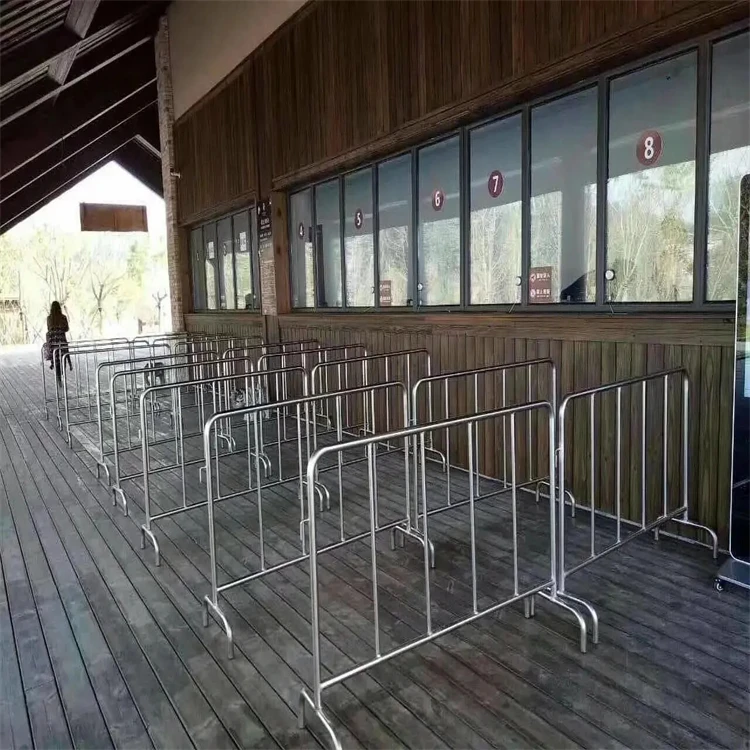Temporary fences offer several benefits, making them an ideal solution for various short-term needs. One of the key advantages is their flexibility. Temporary fences can be easily installed and removed,making them perfect for events, construction sites, or areas that need a barrier for only a limited time. They are also cost-effective, as they do not require the long-term investment associated with permanent fencing. These fences provide security by clearly marking boundaries and preventing unauthorized access, which is crucial at events or construction sites where safety is a priority. Another benefit is the speed of installation. Temporary fences can be set up quickly, reducing delays and ensuring that security measures are in place without wasting time. Additionally, they are versatile and can be used for a variety of applications, such as crowd control, site protection, and animal containment. Temporary fences are often made from materials like metal or plastic mesh, which are durable and can withstand weather conditions. They are also lightweight and portable, which allows for easy relocation when necessary. In summary, temporary fences are flexible, cost-effective, easy to install, and versatile, making them an excellent choice for short-term use in various settings.
Where Are Temporary Fences Commonly Used?
Temporary fences are commonly used in a wide range of applications where a short-term barrier is required. One of the most common uses is at construction sites, where they help secure the area, prevent unauthorized access, and protect the public from potential hazards. These fences are often used to enclose construction zones, creating a safe perimeter around the work area. Temporary fences are also widely used at outdoor events such as concerts, festivals, and sporting events. They help manage crowds, control access to restricted areas, and ensure the safety of attendees. In addition, temporary fences are often used for security purposes at public demonstrations, protests, or political rallies, where they provide a controlled environment and prevent trespassing. Another common application is for crowd control at venues like fairs, exhibitions, and trade shows, where they guide people to designated areas and maintain order. Temporary fences are also used in agricultural settings to contain livestock or protect crops from roaming animals. They are easy to install and remove, making them an ideal solution for farms that need a temporary barrier for specific needs. In summary, temporary fences are widely used in construction, events, crowd control, agricultural areas, and public gatherings due to their portability and flexibility.
How Does a Temporary Fence Compare to Permanent Fencing?
A temporary fence differs significantly from permanent fencing in terms of installation, cost, and purpose. One of the primary advantages of temporary fences is their ease of installation and removal. Unlike permanent fences, which require digging posts and securing them with concrete, temporary fences are generally lightweight, portable, and can be set up quickly without the need for heavy machinery or permanent alterations to the site. This makes them ideal for short-term projects or events where a barrier is needed for only a limited period. Another key difference is cost. Permanent fencing can be expensive due to materials, installation labor, and long-term maintenance. In contrast, temporary fences are more affordable because they do not require as much material or installation effort, and they are only needed for a short time. However, temporary fences are not as durable or secure as permanent fences. While they provide sufficient security for short-term use, they are not as robust against high-impact force or long-term exposure to the elements. Permanent fences, such as those made of wood, brick, or metal, are designed to offer lasting protection and withstand harsh weather conditions. Moreover, temporary fences are generally used for specific purposes, such as event management or construction site security, while permanent fences are built for long-term enclosure and privacy. In summary, temporary fences are flexible, cost-effective, and ideal for short-term use, while permanent fences are designed for durability and long-term security.








